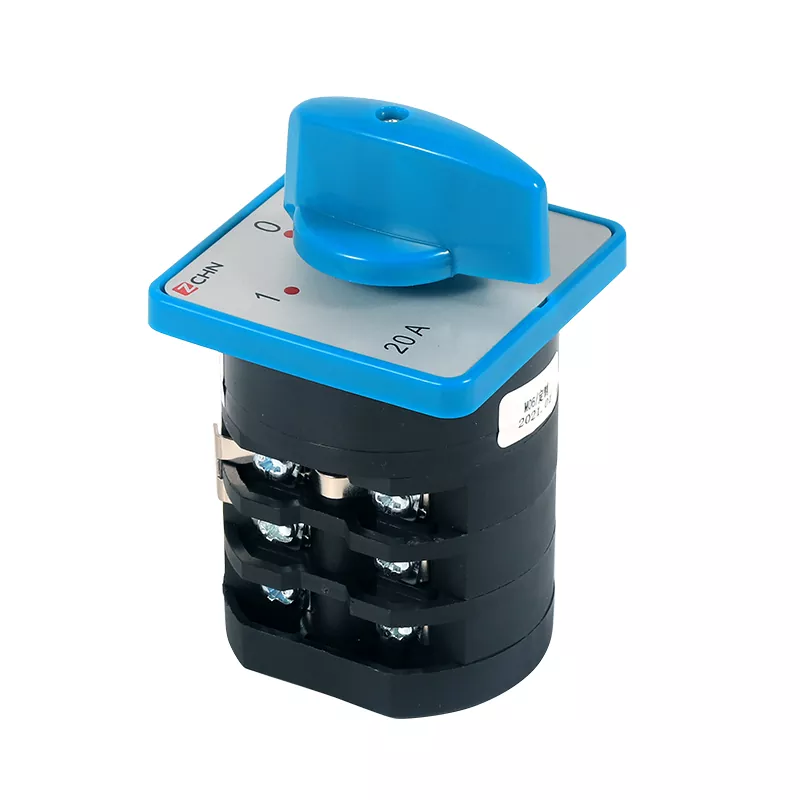What is a rotary switch?
2024-10-23
In modern electrical equipment, the rotary switch is a common control element. It selects different circuits or functions by rotating operation and is widely used in household appliances, industrial equipment and electronic products. This article will explore the definition, working principle, application fields and advantages and disadvantages of rotary switches in depth.

Definition of rotary switch
A rotary switch is an electrical switch that usually consists of a rotatable handle or button. Users select different circuit connections or function settings by rotating the handle. Rotary switches can be single-pole or multi-pole and can control multiple circuits.
Working principle of rotary switch
The working principle of rotary switches is based on mechanical and electrical contacts. The internal structure usually includes multiple contacts and a rotating contact disk. When the handle rotates, the contact disk contacts different contacts, thereby switching the circuit. This process can be continuous or segmented, depending on the design of the switch.
Application fields of rotary switches
Rotary switches are widely used in many fields, including household appliances (such as washing machines, ovens), audio equipment, industrial control systems, and automotive electronics. They are favored for their easy operation and intuitive interface.
As an important electrical control component, the rotary switch has become an indispensable part of modern equipment due to its simple operation and wide application scenarios. Understanding the working principle and application of the rotary switch will help us better utilize and maintain related equipment.

